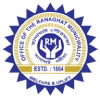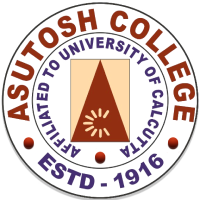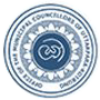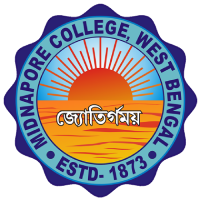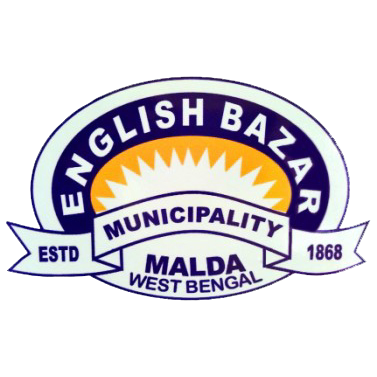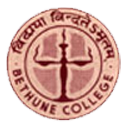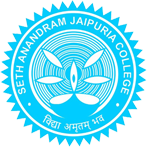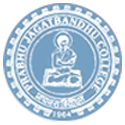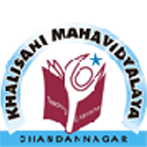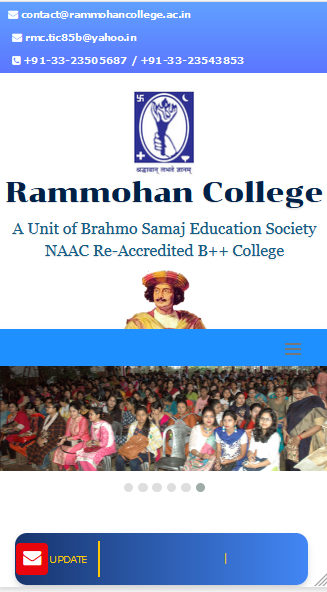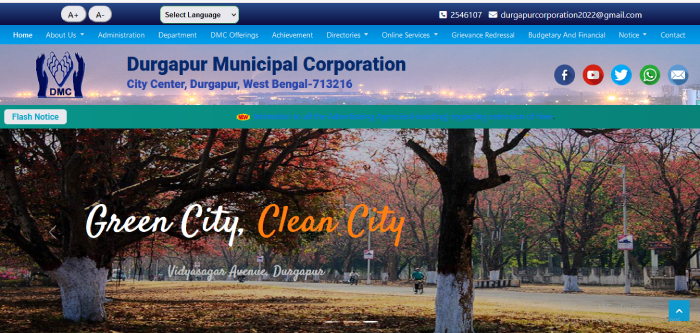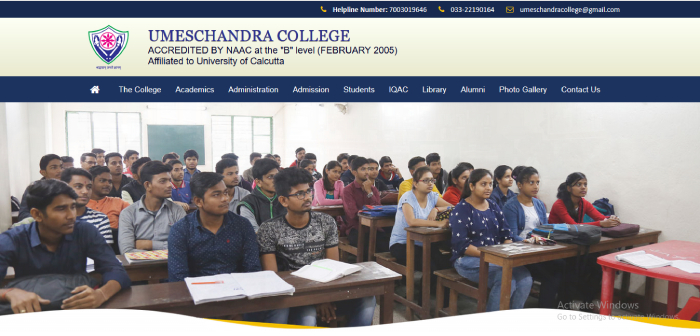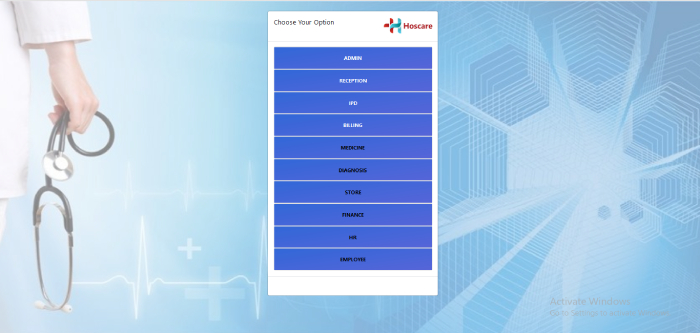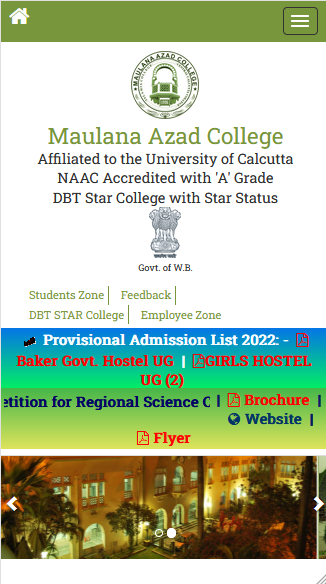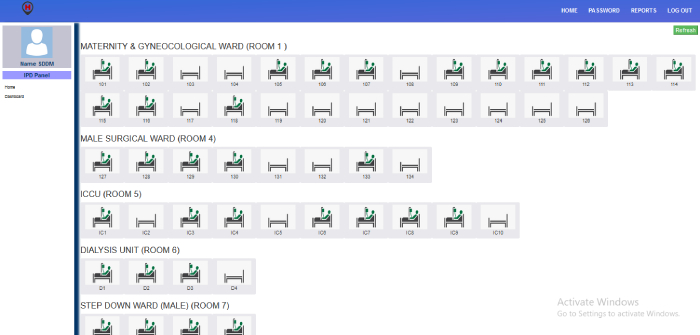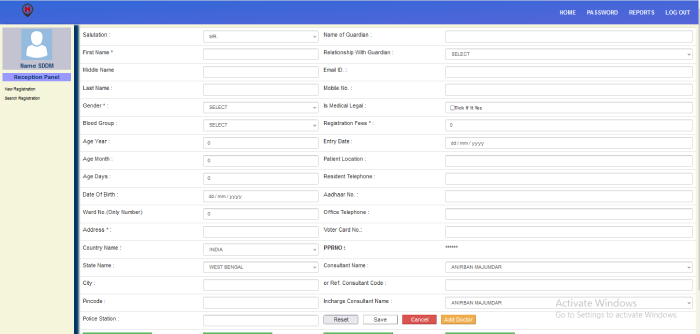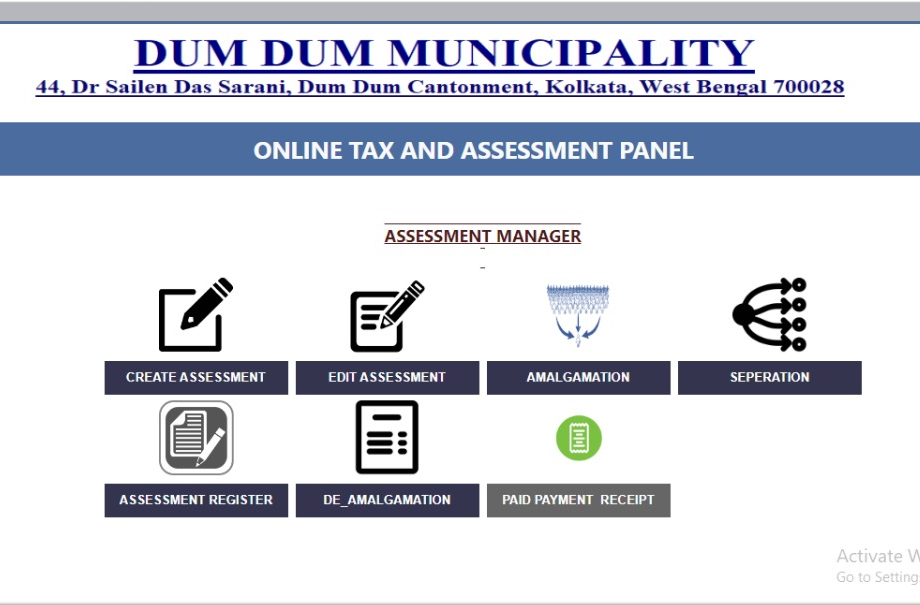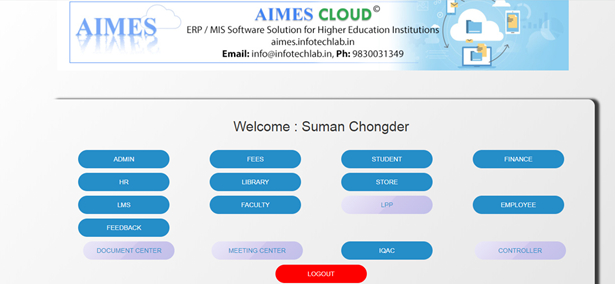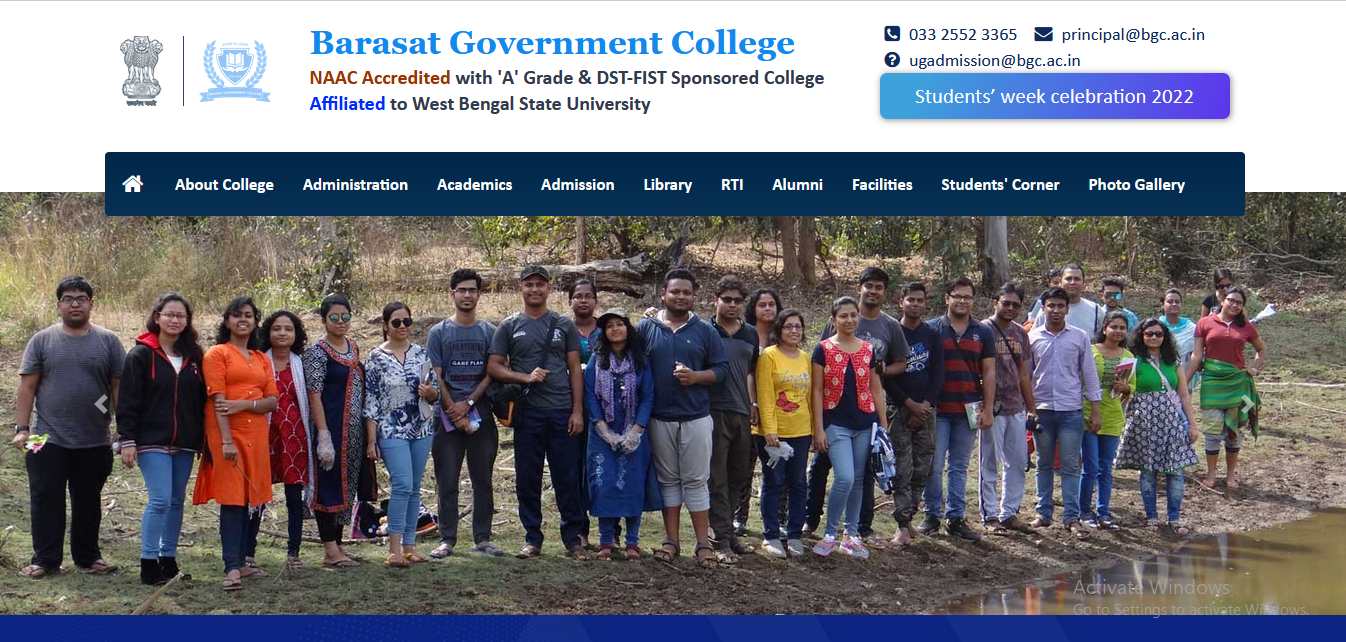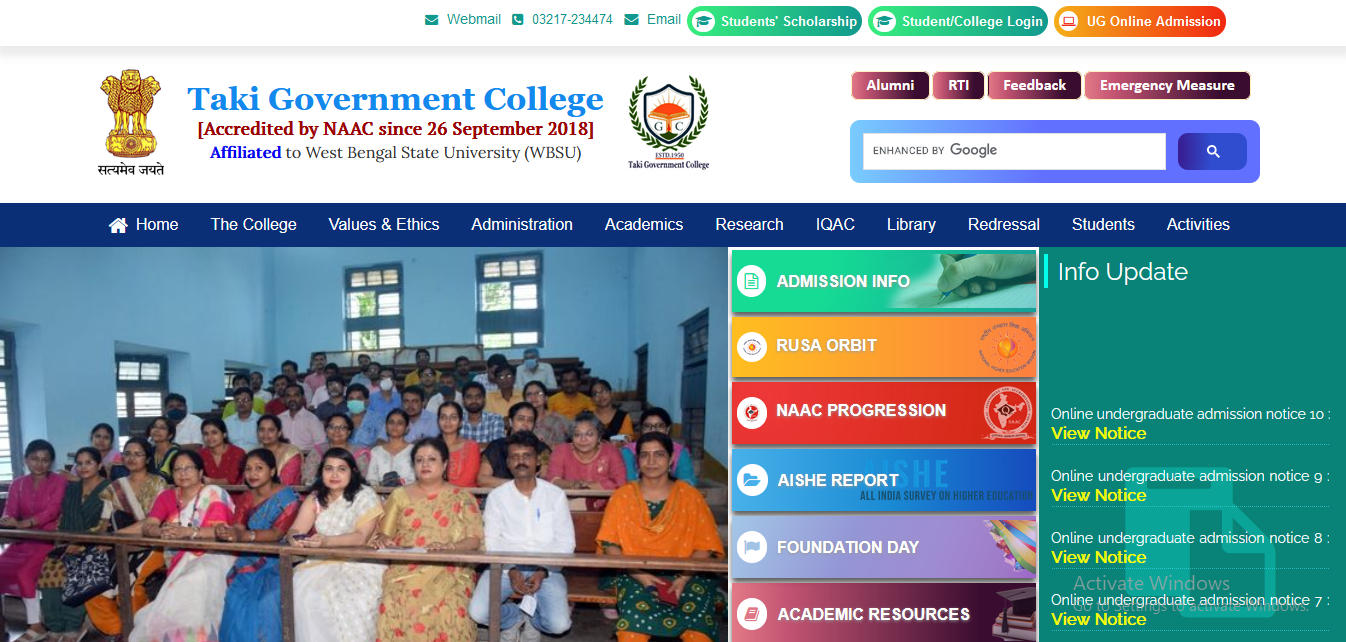Mantra
AI with ERP.
Vision
To be the leading catalyst for transformative growth in higher education and municipalities through intelligent, unified ERP solutions powered by artificial intelligence.
Mission
To design, develop, and implement cutting-edge, AI-driven Enterprise Resource Planning (ERP) solutions tailored for higher education institutions under UGC guidelines and municipal bodies. We are dedicated to providing comprehensive, integrated platforms that streamline operations, enhance resource management, improve stakeholder engagement, and ultimately drive better outcomes through intelligent automation and data-driven insights. We strive to be a trusted partner, committed to continuous innovation, and the long-term success of our clients.
Philosophy
We believe in the power of technology to unlock unprecedented efficiency, insight, and progress within enterprises. Our philosophy is to build intuitive, robust, and AI-integrated ERP solutions that foster data-driven decision-making. Committed to a collaborative approach, we focus on understanding the unique complexities of each enterprise, and empowering them to achieve their strategic objectives through innovation and unwavering support.
About Us
Infotech Lab is Kolkata based Information Technology Company, "Registered in May 2003".
Based on the experience and with the passage of time our company has developed time tested data management software solution for education sector (Universities, Colleges, Management Schools), human welfare sector (Municipalities and Corporations), and health care sector (Hospitals, nursing homes, super specialty clinics). Infotech Lab provides innovative and cost-effective Business Solutions, offering its high-quality commercially viable services in these areas.
Infotech Lab is growing from strength to strength based on its abiding concern for the basic values upon which it has built its foundation. Infotech Lab is providing the best-in-class with latest technology solutions that keep its customers investment protected and enable them stay ahead of competition. Listening to customers requirements and understanding their concern and acknowledging users domain expertices is Critical Success Factors (CSFs) for successful business relationships with its customers. Through such close and strong relationships Infotech Lab is acquiring and enhancing its application domain knowledge and best business practices from its birth.
Solution
Education ERP & NAAC Accreditation
ERP / E-Governance : Visit Website
NAAC Management Service : Visit Website
NIRF Management Service : Visit Website
Website : See Portfolio
Software for Municipalities and Corporations
Mutation, Assessment, Property Tax (MAP)
Hotel, Banquet Halls, Rooms Online Booking
Advertisment Management
Store & Inventory Solution
Financial Accounting
Digital Marketing
Search Engine Optimization
Social Media Marketing
Affiliate Marketing
SMS/WhatsApp/E-mail marketing
E-Commerce Solutions
Smart Video Surveillance Suite
Designed to enhance security, offers real-time camera feeds, motion detection, and customizable alerts. Simplify surveillance with easy installation and accessible controls.
Portfolio
- All
- Education
- Hospital Management
- Municipality Solutions
- Digital Marketing
One Data Higher Education Institutions (HEIs)
The primary initiative in India that aligns with "one data" for HEIs is the One Nation One Data (ONOD) platform. This is a visionary program by the Government of India that aims to revolutionize data management in Higher Education Institutes (HEIs) across the country.
Here are the key aspects and objectives of ONOD:
-
Standardization: ONOD seeks to establish uniform data formats, structures, and definitions across all HEIs. This promotes consistency and compatibility for data exchange.
-
Integration: It aims to integrate disparate data silos within HEIs to create a seamless flow of information, improving operational efficiency and decision-making.
-
Accessibility: The platform facilitates easy access to reliable and up-to-date educational data for all stakeholders, fostering transparency and accountability.
-
Interoperability: ONOD enables different data systems and platforms to work together, allowing for efficient data sharing and utilization across the education landscape.
-
Enhanced Governance: It empowers policymakers and regulatory bodies with timely and accurate data insights for evidence-based decision-making and policy formulation.
-
Quality Assurance: ONOD strengthens mechanisms for monitoring and evaluating the quality of education delivery and infrastructure, promoting excellence and accountability.
-
Institutional Improvement: It provides HEIs with actionable data insights to identify areas for improvement, optimize resource allocation, and enhance overall institutional effectiveness.
-
Global Competitiveness: The initiative aims to elevate the global competitiveness of Indian HEIs by facilitating benchmarking against international standards and best practices.
Key Components and Benefits
-
AISHE Code Integration: The All-India Survey on Higher Education (AISHE) Code is a unique identifier for each HEI in India. ONOD mandates its integration into the data infrastructure to ensure seamless data exchange and interoperability between HEIs and regulatory bodies. AISHE itself is a comprehensive annual survey conducted by the Ministry of Education to collect data on various parameters like teachers, student enrollment, programs, examination results, education finance, and infrastructure.
-
Data Security and Privacy: The ONOD framework includes stringent protocols and safeguards to protect the confidentiality and integrity of educational data.
-
Capacity Building: It invests in initiatives to equip HEIs, administrators, and stakeholders with the necessary skills and resources for effective data utilization.
-
Streamlined Processes: ONOD helps streamline processes like accreditation by providing bodies like NAAC and NBA with standardized and comprehensive data, leading to more efficient evaluations.
-
Data-Driven Decision-Making: HEIs can leverage the wealth of educational data from ONOD for decisions related to resource allocation, curriculum development, and institutional planning.
Why "One Data" is Important for HEIs
The concept of "one data" or a unified data platform is crucial for HEIs due to several factors:
-
Complexity of Data: HEIs generate vast amounts of data across various departments (admissions, academics, finance, HR, alumni, etc.). Managing this data in disparate systems can lead to inefficiencies and inaccuracies.
-
Accreditation and Ranking: Agencies like NAAC and NIRF require extensive data for accreditation and ranking. A unified data system simplifies data submission and ensures consistency.
-
Policy Implementation: Initiatives like the National Education Policy (NEP) 2020 emphasize data-driven governance and flexible education pathways, which necessitate robust data management.
-
Improved Operations: Centralized data can enhance operational efficiency, from managing student lifecycles to optimizing resource allocation and improving communication.
-
Student Support: A 360-degree view of student data allows for better support, tracking academic progress, identifying at-risk students, and improving overall student experience.
In essence, "one data" in HEIs is about creating a single, reliable source of truth for all institutional data, enabling better decision-making, improved transparency, and enhanced overall quality of higher education.
The National Institutional Ranking Framework (NIRF) evaluates higher education institutions across India based on a comprehensive set of parameters. While there isn't a specific "Software Development" category, institutions offering software development programs (typically under Engineering or Computer Science) are assessed under the broader Engineering discipline.
Here's a breakdown of the NIRF parameters and how they relate to a software development program:
I. Teaching, Learning, and Resources (TLR) - (Weightage: 0.30 for Engineering)
This parameter assesses the core educational environment. For software development, this would include:
- Student Strength (SS) including Doctoral Students: Number of students enrolled in various software development related programs (B.Tech, M.Tech, MCA, PhD in Computer Science/Software Engineering).
- Faculty-Student Ratio (FSR) with emphasis on permanent faculty: A good ratio ensures adequate individual attention for students. For software development, this means enough faculty to teach various specializations (AI/ML, cybersecurity, web development, mobile development, data science, etc.).
- Combined Metric for Faculty with PhD (or equivalent) and Experience (FQE): The quality and experience of faculty members are crucial. This includes professors with strong backgrounds in cutting-edge software technologies, industry experience, and research credentials.
- Financial Resources and their Utilisation (FRU): Adequacy of funding for labs, software licenses, computing infrastructure, and other resources essential for a modern software development curriculum.
- Facilities and Resources:
- Modern Classrooms: Equipped with necessary projection, collaboration tools.
- Specialized Labs: Dedicated labs for programming, data science, AI/ML, cybersecurity, IoT, etc., with up-to-date hardware and software.
- High-performance Computing Infrastructure: Access to cloud computing resources, powerful servers, and advanced workstations for complex software projects.
- Library Resources: A comprehensive collection of books, journals, online databases, and access to software development platforms and tools.
II. Research and Professional Practice (RP) - (Weightage: 0.30 for Engineering)
This parameter evaluates the institution's research output and industry engagement, which is highly relevant for software development:
- Combined Metric for Publications (PU): Number of research papers published by faculty and students in reputable conferences and journals related to software engineering, computer science, and related fields.
- Combined Metric for Quality of Publications (QP): This is assessed based on citation counts and publications in top-tier journals/conferences (e.g., Q1 journals, highly-ranked conferences).
- IPR and Patents: Published and Granted: Number of patents filed and granted for software-related innovations, algorithms, or systems developed by faculty and students.
- Footprint of Projects and Professional Practice (FPPP):
- Funded Research Projects: Number and value of research projects funded by government agencies or industry in areas like AI, blockchain, cybersecurity, software testing, etc.
- Consultancy and Professional Practice: Revenue generated from consultancy services provided by faculty to the software industry.
- Executive Development Programs: Industry training and workshops conducted by the department.
- Publications & Citations in SDGs (PSDGs): Research contributions aligned with United Nations Sustainable Development Goals, which could include software solutions for social impact.
- Negative Weightage for Retracted Papers: A new addition to encourage ethical research practices.
III. Graduation Outcomes (GO) - (Weightage: 0.15 for Engineering)
This parameter focuses on student success after graduation:
- Metric for University Examinations (GUE): Performance of students in university-level examinations.
- Metric for Number of Ph.D. Students Graduated (GPHD): Number of doctoral graduates in relevant fields, indicating a strong research ecosystem.
- Placements, Higher Studies, and Entrepreneurship:
- Placement Rate: Percentage of students placed in software companies, IT firms, and tech roles.
- Average Salary Package: The average compensation received by graduating students in software development roles.
- Students Opting for Higher Studies: Number of students pursuing master's or Ph.D. degrees in top national or international universities.
- Entrepreneurship: Number of startups founded by graduates in the software domain.
IV. Outreach and Inclusivity (OI) - (Weightage: 0.15 for Engineering)
This parameter evaluates diversity and accessibility:
- Regional Diversity (RD): Percentage of students from different states and countries.
- Women Diversity (WD): Percentage of female students and faculty, which is particularly important in the tech sector.
- Economically and Socially Challenged Students (ESCS): Initiatives and support for students from disadvantaged backgrounds.
- Facilities for Physically Challenged Students (PCS): Accessibility of infrastructure for students with disabilities.
- Outreach Footprint: Engagement in community service, continuing education programs, and initiatives to promote software literacy.
V. Perception (PR) - (Weightage: 0.10 for Engineering)
This parameter reflects the reputation of the institution:
- Peer Perception: Feedback from academic peers, employers, and industry professionals regarding the institution's quality and the caliber of its software development graduates. This is often gathered through surveys.
How institutions can improve their NIRF ranking for Software Development:
- Curriculum Alignment: Regularly update the software development curriculum to match industry trends (e.g., AI/ML, DevOps, Cloud Computing, Cybersecurity).
- Industry Collaboration: Establish strong partnerships with software companies for internships, live projects, guest lectures, faculty exchange programs, and joint research.
- Research Focus: Encourage faculty and students to undertake high-quality research, leading to publications in top venues and patent filings.
- Skill Development: Offer workshops, certifications, and training in in-demand software tools and technologies.
- Entrepreneurship Support: Foster an entrepreneurial ecosystem by providing incubation facilities, mentorship, and funding opportunities for student startups in software.
- Faculty Development: Invest in continuous training and professional development for faculty to keep them abreast of the latest advancements in software engineering.
- Infrastructure Enhancement: Continuously upgrade labs, computing resources, and software licenses to provide a state-of-the-art learning environment.
- Robust Placement Cell: Strengthen placement efforts to ensure high placement rates and attractive salary packages for graduates.
By focusing on these areas, institutions offering software development programs can significantly improve their standing in the NIRF rankings.
Contact
Location:
AE -22, A.E. Block sector 1, AE Block, Sector 1, Bidhannagar, Kolkata, West Bengal 700064
Email:
sales@infotechlab.in / support@infotechlab.in
Call:
+91 98300 31349 / 9163395043 / 9674895040
 Infotech Lab
Infotech Lab 
